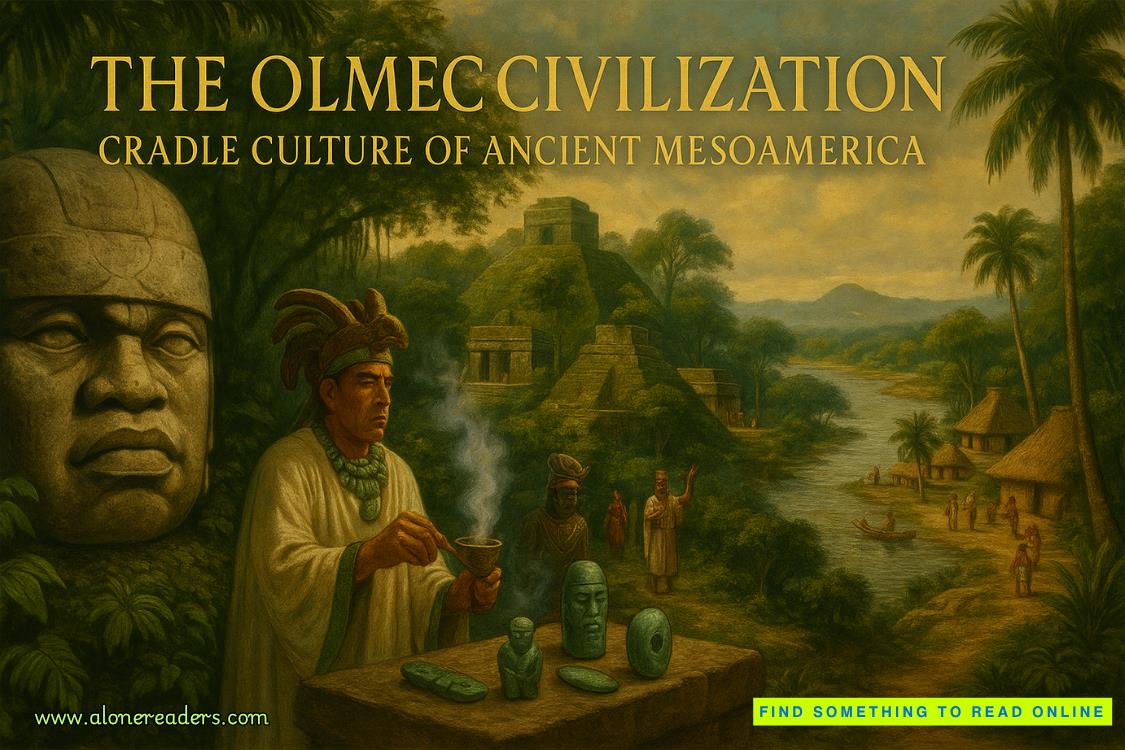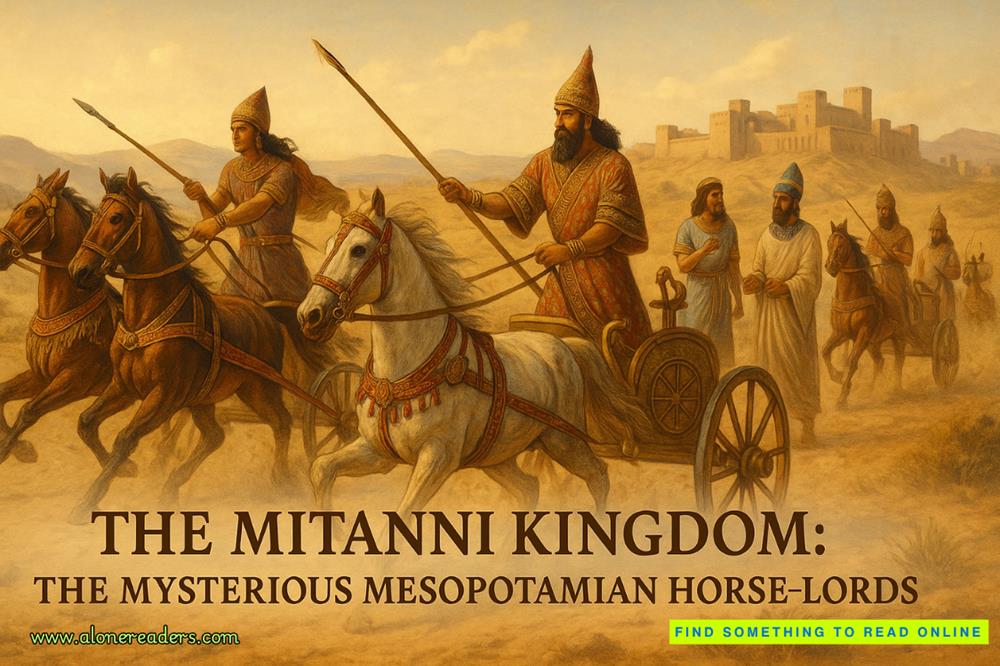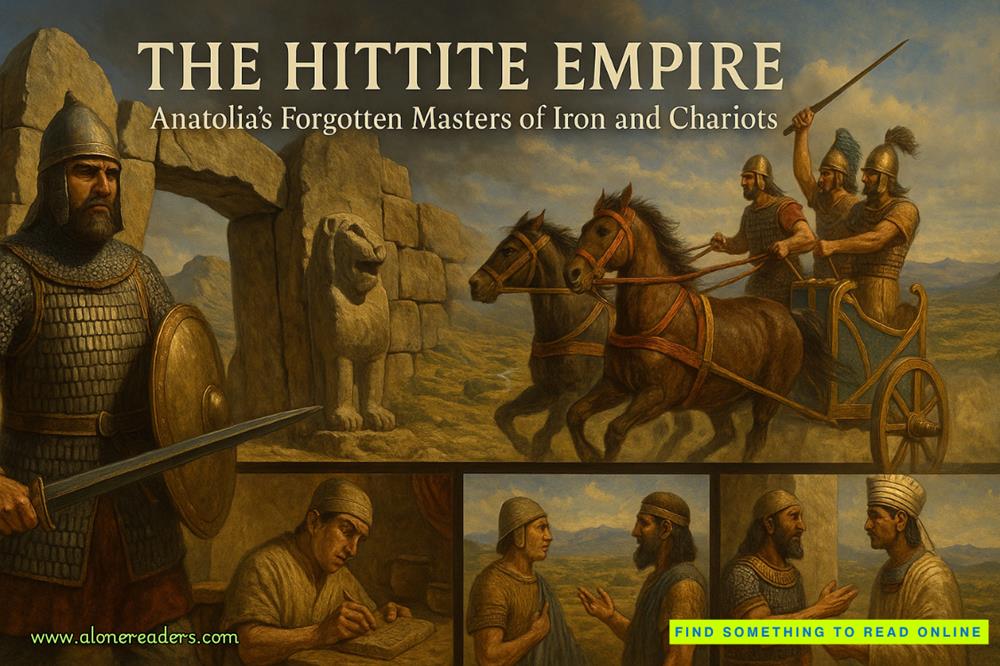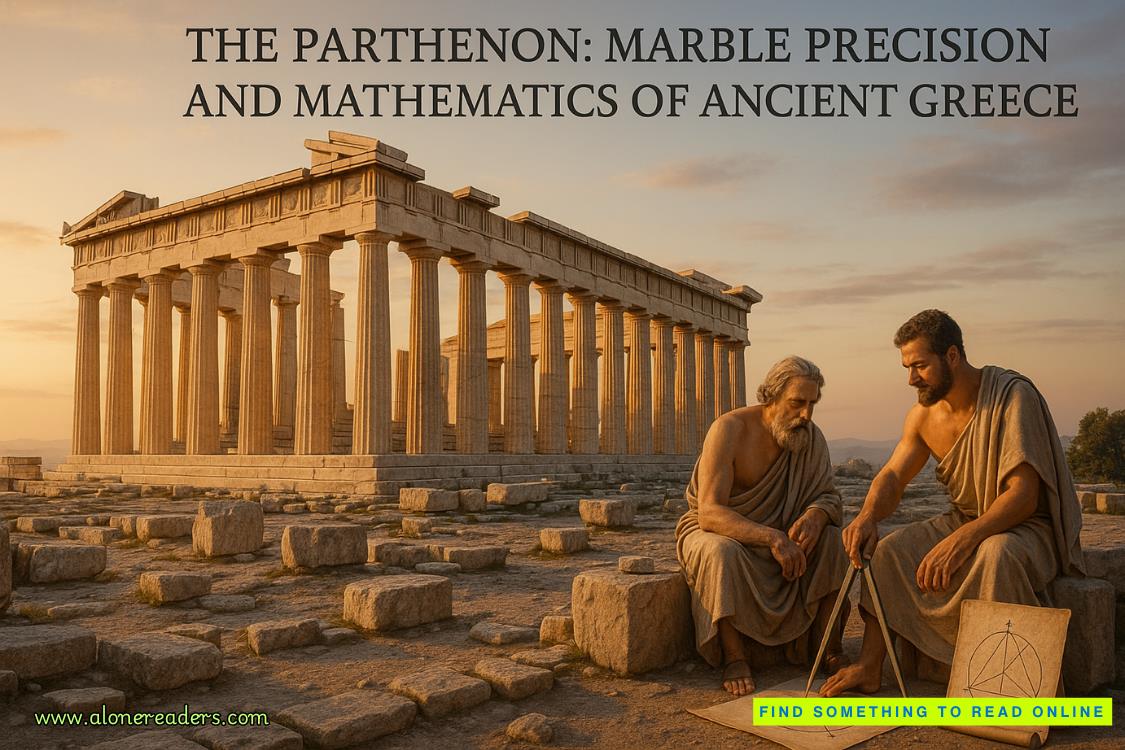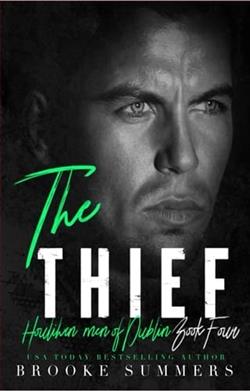Page 13 of The Twelfth Card (Lincoln Rhyme 6)
Thompson was standing in the sixth-floor window of the building across Fifty-fifth Street from the museum. After the girl got away, he'd circled around two blocks and made his way into this building, then climbed the stairs to the hallway from which he was now looking over the street.
He'd had a second chance to kill the girl a few minutes ago; she'd been on the street for a moment, talking to officers, in front of the museum. But there were way too many police around for him to shoot her and get away. Still he'd been able to take a picture of her with the camera in his mobile phone before she and her friend had been hustled off to a squad car, which sped west. Besides, Thompson still had more to do here, and so he'd taken up this vantage point.
From his prison days Thompson knew a lot about law enforcers. He could easily spot the lazy ones, the scared ones, the ones who were stupid and gullible. He could also spot the talented cops, the smart ones, the ones who were a threat.
Like the woman he was looking at right now.
As he put drops in his perpetually troubled eyes, Thompson found himself curious about her. As she searched the scene she had this concentration in her eyes, looking sort of devout, the same look Thompson's mother sometimes used to get in church.
She disappeared from view but, whistling softly, Thompson kept his eyes on the window. Finally the woman in white returned to view. He noted the precision with which she did everything, the careful way she walked, her delicate touch as she picked up and examined things so as not to hurt the evidence. Another man might've been turned on by her beauty, her figure; even through the jumpsuit, it was easy to imagine what her body was like. But those thoughts, like usual, were far from his mind. Still, he believed he sensed some small enjoyment inside him as he watched her at work.
Something from his past came back to him . . . . He frowned, looking at her walking back and forth, back and forth . . . Yes, that was it. The pattern reminded him of the sidewinder rattlesnakes his father would point out when they were hunting together or going for walks in the Texas sand near the family trailer, outside Amarillo.
Look at them, son. Look. Ain't they something? But don't you get too close. They'll kill you in a kiss.
He leaned against the wall and continued to study the woman in white, moving back and forth, back and forth.
Chapter Four
"How does it look, Sachs?"
"Good," she replied to Rhyme, via their radio connection.
She was just finishing walking the grid--the word referring to a method of searching a crime scene: examining it the way you'd mow a lawn, walking from one end of the site to the other then returning, slightly to the side. And then doing the same once more, but the second time walking perpendicular to the first search. Looking up and down too, floor to ceiling. This way, no inch or angle was left unseen. There are a number of ways to search crime scenes but Rhyme always insisted on this one.
" 'Good' means what?" he asked testily. Rhyme didn't like generalizations, or what he called "soft" assessments.
"He forgot the rape pack," she replied. Since the Motorola link between Rhyme and Sachs was mostly a means to bring his surrogate presence to crime scenes, they usually dispensed with the NYPD conventions of radio protocol, like ending each transmission with a K.
"Did he now? Might be as good as his wallet for ID'ing him. What's he got in his?"
"Little weird, Rhyme. It's got the typical duct tape, box cutter, condoms. But there's also a tarot card. Picture of this guy hanging from a scaffold."
"Wonder if he's a genuine sicko, or just a copycat?" Rhyme mused. Over the years many killers had left tarot cards and other occult memorabilia at crime scenes--the most notable recent case being the Washington, D.C., snipers of several years earlier.
Sachs continued, "The good news is that he kept everything in a nice slick plastic bag."
"Excellent." While perps might think to wear gloves at the crime scene itself, they often forgot about prints on the items they carried with them to commit that crime. A discarded condom wrapper had convicted many a rapist who'd otherwise been compulsive about not leaving his prints or bodily fluids at a scene. In this case, even if the killer thought to clean off the tape, knife and condoms, it was possible that he'd forgotten to wipe the bag.
She now placed the pack in a paper evidence bag--paper was generally better than plastic for preserving evidence--and set it aside. "He left it on a bookshelf near where the girl was sitting. I'm checking for latents." She dusted the shelves with fluorescent powder, donned orange goggles and shone an alternative light source on the area. ALS lamps reveal markings like blood, semen and fingerprints that are otherwise invisible. Playing the light up and down, she transmitted, "No prints. But I can see he's wearing latex gloves."
"Ah, that's good. For two reasons." Rhyme's voice had a professorial tone. He was testing her.
Two? she wondered. One came immediately to mind: If they were able to recover the glove they could lift a print from inside the fingers (something else perps often forgot). But the second?
She asked him.
"Obvious. It means he's probably got a record, so when we do find a print, AFIS'll tell us who he is." State-based automated fingerprint identification systems and the FBI's Integrated AFIS were computer databases that could provide print matches in minutes, as opposed to days or even weeks with manual examinations.
"Sure," Sachs said, troubled that she'd blown the quiz.
"What else rates the assessment 'good'?"
"They waxed the floor last night."
"And the attack happened early this morning. So you've got a good canvas for his footprints."
"Yep. There're some distinct ones here." Kneeling, she took an electrostatic image of the print of the man's tread marks. She was sure they were his; she could clearly see the trail where he'd walked up to Geneva's table, adjusted his stance to get a good grip on the club to strike her and then chased her down the hall. She'd also compared the prints with those of the only other man who'd been here this morning: those of Ron Pulaski, whose mirror-shined issue shoes left a very different impression.
